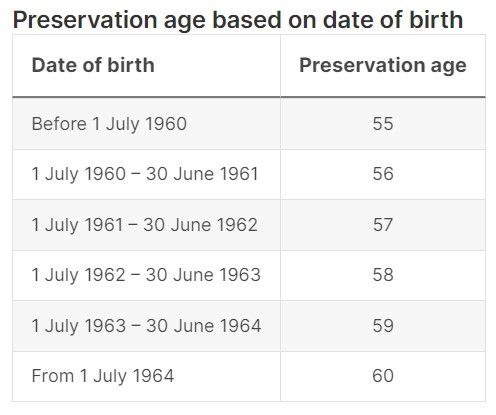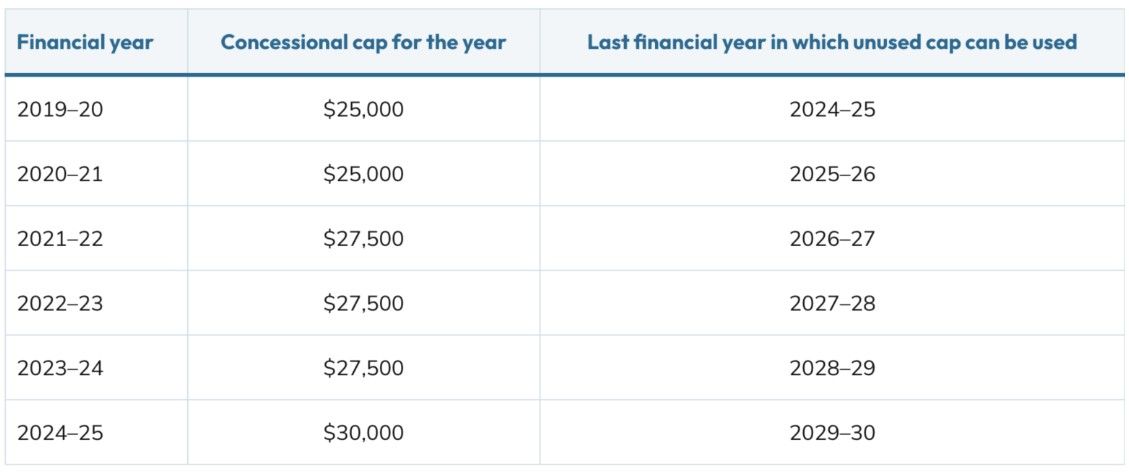Growing Together: Why Contribution Splitting Matters
Ankita Rai
Thu 19 Jun 2025 6 minutesGrowing your super often feels like a solo journey, but if you’re a couple planning for retirement, you can achieve far more together.
One strategy that flies under the radar yet can make a huge difference is super contribution splitting. It lets you shift part of your concessional contributions into your partner’s super to optimise your balances and make the most of each contribution opportunity.
It may even offer a buffer against the proposed $3 million super tax, making it well worth considering.
What Is Contribution Splitting?
Contribution splitting is exactly what it sounds like. It lets you shift up to 85% of your concessional (before-tax) contributions into your partner’s super account. That includes employer contributions, salary sacrifice, and any personal deductible contributions you’ve claimed.
Unlike spouse contributions, which are made with after-tax money, this is a way to reallocate contributions you’ve already made.
There are a few rules to be aware of:
- - You can only split with your partner (married or de-facto) and the receiving partner needs to be under the preservation age (currently 60), or under 65 and not yet retired, at the time you apply.

-Timing matters too. You can only split contributions after the financial year in which they were made. So, if you’re looking to split contributions from 2024–25, you’ll need to apply between 1st July 2025 and 30th June 2026.
-It’s also worth noting that the split amount still counts towards your own concessional contributions cap, not your partner’s.
-In the case of SMSFs, the process is even more straightforward. If both partners are members of the same fund, it’s handled as an internal accounting entry and no actual movement of money is required.
Explore 100's of investment opportunities and find your next hidden gem!
Search and compare a purposely broad range of investments and connect directly with product issuers.
Why Consider Contribution Splitting?
Contribution splitting isn’t just about equality or generosity, though it can definitely tick both boxes. It’s about using the rules to your advantage and moving super into the account that delivers the greatest benefit.
Here are some of the scenarios where it pays off:
1. Growing Super for the Lower-Income Partner
Not every career moves in a straight line. One of you might take time out for the kids, cut back to part-time, or simply earn less over the years. That may mean your super contributions take a hit.
Contribution splitting gives the higher-earning partner a way to top up the other’s super, keeping both balances moving, even if one person isn’t in the workforce for a while.
It’s a small gesture with big long-term value, especially when women still retire with about 25% less super than men.
2. Make the most of your Contributions
If your super balance is under $500,000, you can take advantage of catch-up concessional contributions, which are currently capped at $30,000 a year. This lets you use any unused concessional contributions from the past five years and can mean serious tax deductions, as shown below:

But once you cross that $500k line, those extra opportunities disappear. If one of you is getting close to the threshold, contribution splitting can help keep your balance under the cap.
In addition, it can also help couples keep making non-concessional contributions. If your total super balance hits or exceeds the general transfer balance cap ($2 million from 2025–26) as of 30th June of the previous financial year, your non-concessional contributions cap drops to zero.
But if one partner is still comfortably below the limit, contribution splitting can help keep at least one of you eligible.
So in a year when you're planning big contributions, those small bits of shuffling could translate into tens of thousands in tax savings.
Subscribe to InvestmentMarkets for weekly investment insights and opportunities and get content like this straight into your inbox.
3. Stretch the $2 m Transfer Balance Cap
The transfer balance cap—the amount you can move into the tax-free pension phase—will rise to $2 million per person from July. This sounds generous until one of you hits it while the other is still well below.
Splitting contributions to the lower-balance partner can help you maximise your combined cap as a couple. That means more money sitting in the tax-free zone in retirement, and less stuck in the accumulation phase.
4. Getting Earlier Access to Super
Here’s another clever use of contribution splitting: early access to your super. If one of you is older and closer to preservation age or 65, it can make sense to start funnelling more super into their name, so it’s available sooner if needed.
Even if you don’t need it immediately, it gives you flexibility. Think of it as hedging your retirement bets, especially if you’re thinking about easing into part-time work or semi-retirement at different stages.
5. Tilt the Scales for a Bigger Age Pension
Super splitting could also help couples receive Centrelink benefits sooner, or boost age pension payments.
Centrelink plays by its own rules, and one of them is that super isn’t counted in the Age Pension income and assets tests until you turn 67 (or start a pension). So if your partner is younger and their super is still in accumulation, it’s off the grid.
By splitting contributions to the younger partner, the older partner can boost age pension entitlements. But you might pay a little more tax as earnings in accumulation are taxed at up to 15% while earnings in the retirement phase are tax-free. Just remember to balance that extra tax against the pension lift you’ll gain to decide if it’s the right move.
Split to Win the Long Game
Ultimately, contribution splitting gives couples more flexibility to plan their financial futures together. It lets you adapt as life changes whether it’s stepping back from work, or simply making the most of available tax concessions.
Sure, it might not feel significant. After all, we’re only talking about concessional contributions. But remember, super is a long game, and contribution splitting is ultimately about building a secure, balanced future together.
Disclaimer: This article is prepared by Ankita Rai for educational purposes only. While all reasonable care has been taken by the author in the preparation of this information, the author and InvestmentMarkets (Aust) Pty. Ltd. as publisher take no responsibility for any actions taken based on information contained herein or for any errors or omissions within it. Interested parties should seek independent professional advice prior to acting on any information presented. Please note past performance is not a reliable indicator of future performance.







